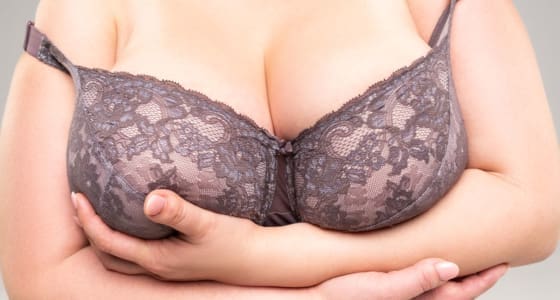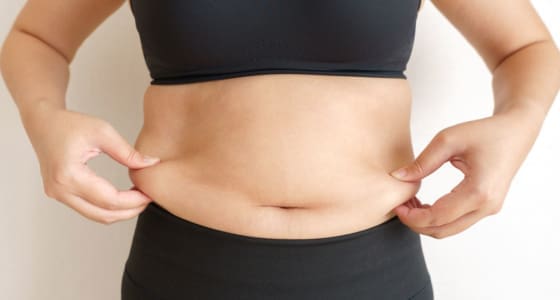Several factors contribute to this natural and common occurrence, affecting women of various ages and body types. The primary determinants of breast sagging include: age, genetics, pregnancy, breastfeeding, fluctuations in weight, and the overall elasticity of the skin.
As women age, the skin loses its collagen and elastin, essential proteins that provide structure and support to the breasts. Genetics play a role in determining the inherent strength and resilience of breast tissue, influencing how susceptible breasts are to sagging over time. Pregnancy and breastfeeding contribute to sagging by stretching the ligaments that support the breasts, causing them to lose their original shape. Additionally, hormonal changes during these life stages can impact the skin’s elasticity.
Weight fluctuations, especially significant weight loss, can lead to a reduction in breast volume, resulting in sagging due to the loss of fat and glandular tissue. Poorly fitting bras and inadequate support during physical activities can also contribute to sagging by subjecting the breasts to unnecessary strain.
The impact of sagging breasts on appearance varies among individuals. Some women may experience changes in self-esteem and body image, while others may view sagging as a natural part of ageing and motherhood. Clothing choices may be affected as women may prefer styles that provide more coverage and support. Cosmetic concerns aside, sagging breasts are not inherently indicative of poor health and do not pose any medical risks.
Understanding these factors can help individuals make informed decisions about cosmetic interventions.
A procedure known as a breast lift (mastopexy), can improve sagging breasts, helping to restore a natural looking appearance, and body confidence.










